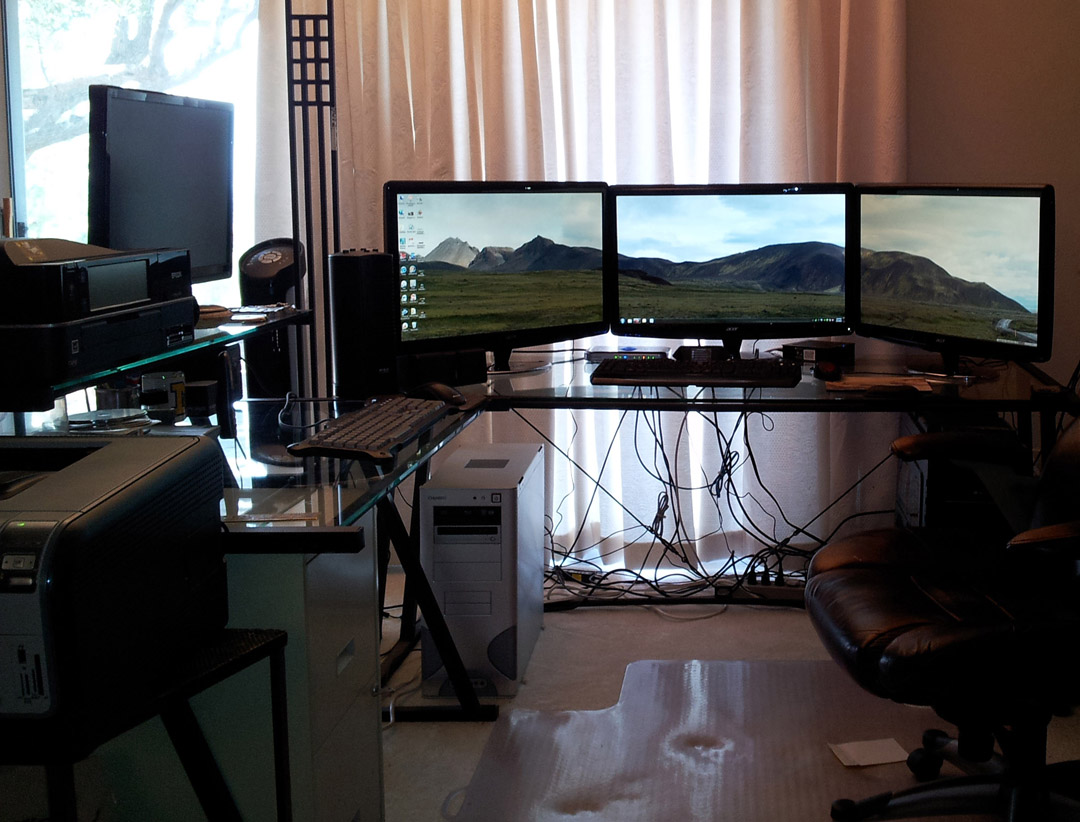Hey Potcerters, as someone who already uses Moodle for my F2F classes I like the idea of a topic/weekly interactive syllabus as the basis for my course, in the same way the Lisa and John do, although I like how Pilar’s course just displayed the current week’s (or in her case two weeks) information. I wonder if this can be done automatically in Moodle, or does it have to be done manually?
The class tours, which I love (there is nothing more useful than real working examples), plus the chapter on course design did seem to help me focus my thought on at least some of what I want in my course.
Weekly Material: Short PowerPoint presentations (maybe 2-3 of 10 minutes for each week) , probably with camtasia voice overs. Possibly supplemented with publicly available online lectures, which would be optional for those that were having difficulty or had a deeper interest in the week’s topic. Also, a brief webpage with a overview of the subject, with some short embedded audio files or possibly Prezi presentations.
Online research: Maybe I would supplement this with some weekly online research where the students post some quotes or images relevant to the week’s topic along with their commentary on it. Hopefully this would be similar to when students bring in images to the class like this (Geocentric Model of the Universe):

and then we discuss them.
Primary Sources: I like Jill’s use of student commentary/critiques/commendation on projects she posts to a website. Now her students medium is more visual than mine but I would like my student’s to comment on each others work. So I would like to have a number of short primary source assignments (possibly every other week) with answers and the comments on others answers done on a discussion board. Also I would like to have the students evaluate each others’ work and for that to count as part of the grade for each assignment.
Testing: Self assessment tests every few weeks with automated immediate feedback, where credit is obtained for just completing the assignment.
Combine this with a number (probably 4-5 per semester) of high-stakes multiple choice tests. Time limited to reduce the use of notes/books, and also with random question/answer order.
Writing Assignment: one or two longer assignments involving primary sources and web research (hopefully which they have been posting over the course of the semester), possibly with students working collaboratively, which also might involve using a site like diigo.
A Written Final, which I would like to time limit but I am not sure how I would work it exactly. I wonder if I could have them log in at their own convenience get the assignment and have say 3 hours to upload their completed work. The subjects they would write on would be randomized out of a list (which would be available a week out) so there would not be any way one person could go earlier and let the rest know which subjects were on the test.

